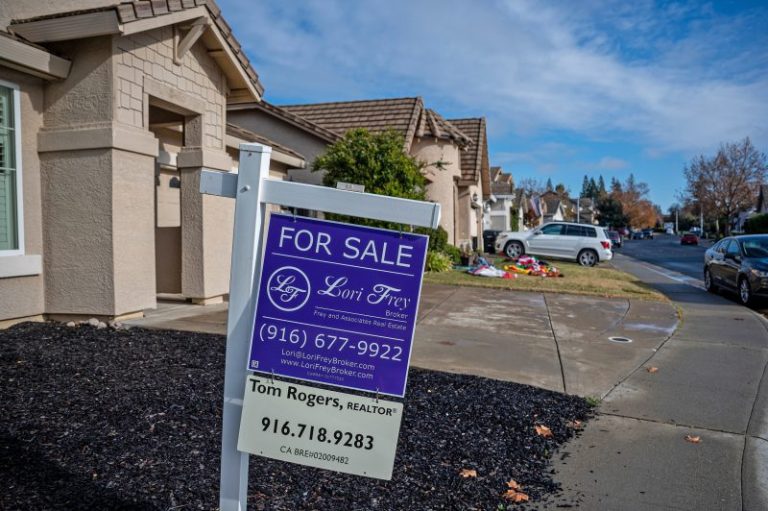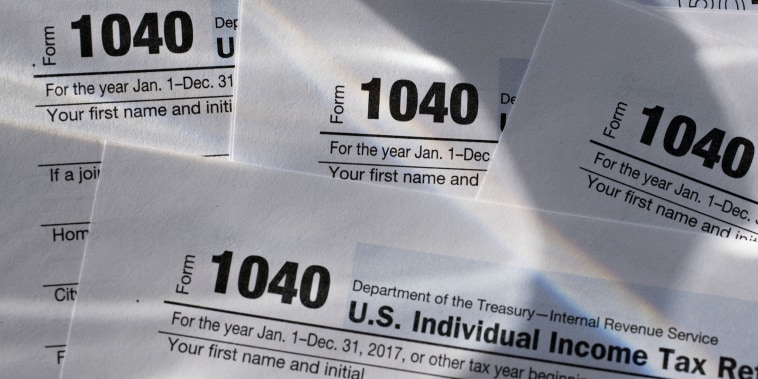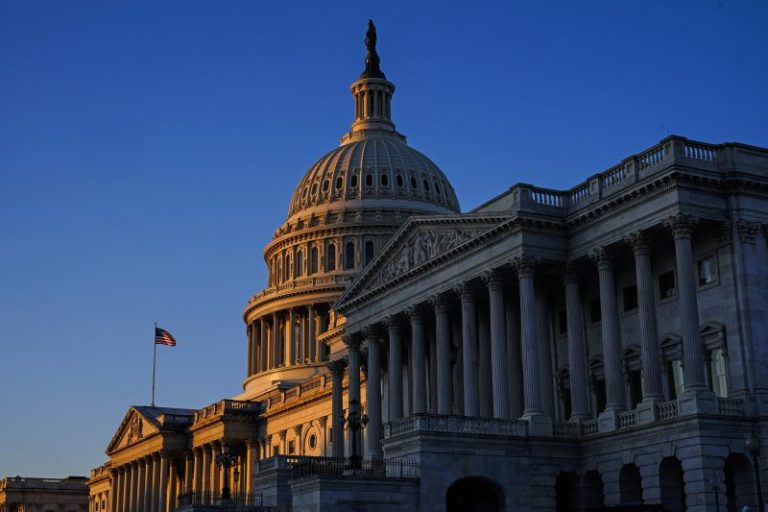Two of Sam Bankman-Fried’s top business partners — a co-founder of the cryptocurrency exchange FTX and the former CEO of the hedge fund Alameda Research — have pleaded guilty to fraud, a federal prosecutor in New York said Wednesday.
Former Alameda CEO Caroline Ellison and FTX co-founder Gary Wang are cooperating with prosecutors, the U.S. attorney for Southern New York said in a video statement.
Ellison and Wang were charged “in connection with their roles in the frauds that contributed to FTX’s collapse,” U.S. Attorney Damian Williams said.
A plea agreement for the criminal charges shows seven counts for Ellison, including wire fraud and conspiracy to commit securities fraud and money laundering. In Wang’s case, the plea agreement list four charges, including wire fraud and conspiracy counts.
Ilan Graff, an attorney for Wang, said in an email Wednesday: “Gary has accepted responsibility for his actions and takes seriously his obligations as a cooperating witness.”
Attorneys for Ellison did not immediately respond to a request for comment.
Civil fraud charges
On Wednesday, the Securities and Exchange Commission announced civil fraud charges against Ellison and Wang ‘for their roles in a multiyear scheme to defraud equity investors in FTX.’
They also face fraud charges from the Commodity Futures Trading Commission.
The SEC complaint alleges that Wang ‘created FTX’s software code that allowed Alameda to divert FTX customer funds’ and that Ellison used those funds for Alameda’s trading.
It also alleges that Ellison and Wang worked with Bankman-Fried to move hundreds of millions of dollars of FTX customer funds to Alameda after they realized the companies didn’t have enough assets to pay back customers.
The SEC alleged in its complaint that since around FTX’s founding in May 2019, some customer funds went immediately into Alameda accounts.
“Billions of dollars of FTX customer funds were so deposited into Alameda-controlled bank accounts,” the complaint reads.
The SEC said it had agreed to settlements with Wang and Ellison, which are subject to court approval.
Downfall of FTX
The barrage of criminal and civil charges against the two top executives has revealed new details about the downfall of FTX, including how customer assets freely moved from the crypto platform to Alameda, the privately held hedge fund Bankman-Fried co-founded.
Bankman-Fried, 30, a co-founder and the former CEO of FTX, is accused of misappropriating billions of dollars deposited into the huge cryptocurrency exchange, which collapsed last month.
Prosecutors have said it was a yearslong fraud that involved funneling money into Bankman-Fried’s private hedge fund.
Customers are estimated to have lost more than $8 billion, the acting director of the CFTC’s Enforcement Division has said.
Williams, the U.S. attorney, has said Bankman-Fried also made “tens of millions of dollars in illegal campaign contributions” to candidates and committees associated with both Republicans and Democrats.
He has been indicted on eight counts, including wire fraud, conspiracy, money laundering and violating campaign finance laws.
The SEC complaint alleges that fraudulent activity began early on.
“From the inception of FTX, Defendants and Bankman-Fried diverted FTX customer funds to Alameda, and continued to do so until FTX’s collapse in November 2022,” the SEC complaint says.
The SEC also alleges a complex scheme to trick both investors and customers into believing FTX had strict and advance risk mitigation.
“In truth, Bankman-Fried and Wang, with Ellison’s knowledge and consent, had exempted Alameda from the risk mitigation measures and had provided Alameda with significant special treatment on the FTX platform, including a virtually unlimited ‘line of credit’ funded by the platform’s customers,” the SEC wrote in its complaint.
And while the complaint details Wang and Ellison’s involvement in the company’s alleged wrongdoing, “Bankman-Fried remained the ultimate decision-maker at Alameda” and FTX, the SEC complaint reads.
The CFTC complaint separately details allegations that Bankman-Fried hid trading liabilities from Alameda in a customer account on FTX ‘that Bankman-Fried would later refer to as ‘our Korean friend’s account’ and/or ‘the weird Korean account.”
‘As a result, it was no longer apparent on FTX’s ledgers that Alameda had an $8 billion negative balance on its FTX account,’ the complaint reads.
At one time, FTX was reportedly valued at $32 billion and seen as the face of the industry. The MIT-educated Bankman-Fried had been hailed as a kind of crypto genius.
Williams, the U.S. attorney, said in Wednesday night’s announcement that Bankman-Fried was in FBI custody and was being transported to the U.S. from the Bahamas, where he was arrested Dec. 12.
He agreed this week to be extradited and landed late Wednesday in Westchester County Airport in White Plains, New York, NBC New York reported.
Williams said Wednesday that the investigation is not over.
“If you participated in misconduct at FTX or Alameda, now is the time to get ahead of it,” he said. “We are moving quickly, and our patience is not eternal.”










